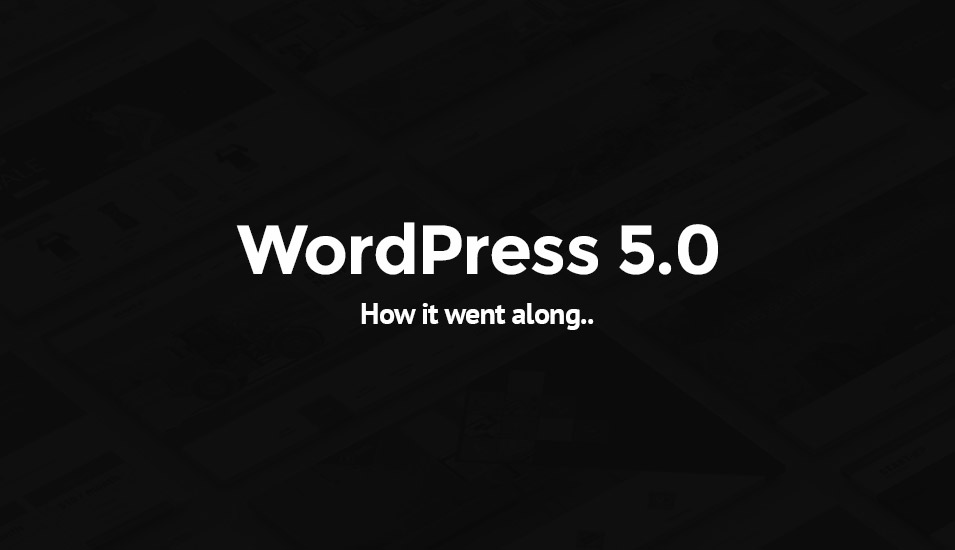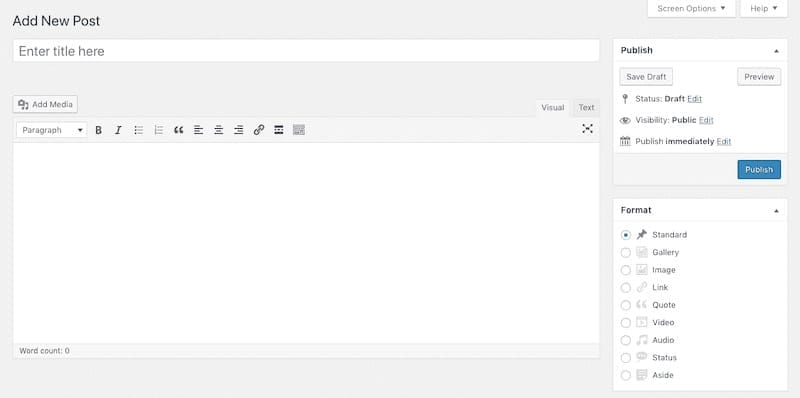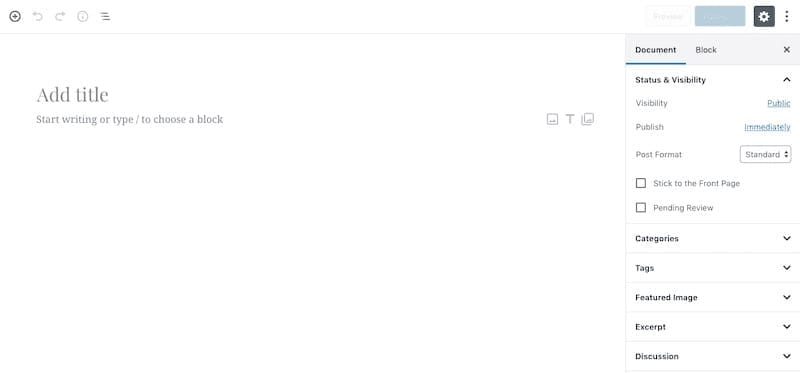Your cart is currently empty!

How Did WordPress 5.0 Change The Game For Good
It has been some time since WordPress 5.0 dropped and needless to say it was a big game-changer in terms of how WordPress works. So, after the dust has settled, we are taking a look back at how 5.0 and it’s poster child ‘Gutenberg’ changed the landscape of WordPress forever.
We should start off by saying that it was a hugely anticipated release.

Actually I don’t think there has ever been a bigger release to date, although I’m open for debate on that statement.
Anyway to start things off we will be look at few key questions:
- What changed with WordPress 5.0?
- How Good is Gutenberg?
- Were people prepared?
Many things can be said about WordPress 5.0, like where it delivered and where it fell short, but in the name of being precise and to the point I will try to focus only about the previous three aforementioned questions. So let’s start off with number one.
The Ramifications of WordPress 5.0
By far the biggest news around WordPress 5.0 was the introduction of Gutenberg. A new WordPress editor!
Of course only the mention of a new editor being considered for WordPress caused massive shock waves in the community. There were people who were skeptical of such a big change being implemented into WordPress core, and what effect will it have on developers and WordPress users alike. Likewise there were people who were more ‘open’ to this idea and were actually looking forward to it.
Among other things, the 5.0 WordPress update came with the usual new official default theme, support for newer version of php, etc. One other noteworthy change happening at the moment was WooCommerce’s trip down the Gutenberg route. They too were clearly successfully transitioning to the ‘Gutenberg Era’.
Anyway, as the star of the ‘show’ was clearly Gutenberg and that is the main focus of this article, it’s time to get down to the nitty-gritty of it.
The Release of Gutenberg
It was not a smooth release one could say, at least when it comes to keeping up with release dates. Gutenberg has been pushed back prior to release a couple of times. However that was not a bad thing necessarily. Taking into account the feedback from the community is vital for such an undertaking given the amount of WordPress plugin and theme developers depending on it.
But developers are just one side of the coin, what about all the other WordPress users who don’t follow the news as much – or simply are not as involved. They run their own websites using WP as well. They too need to be able to smoothly transition into 5.0.
Then there are the hundreds of thousands of businesses being run on WordPress websites. How will they react to it?
A whole ecosystem was being affected perhaps like never before, and hence these were all legitimate concerns prior to release.
But the reality was that WordPress was overdue for a meaningful update that would movie it in the same direction with all the widely accepted builder/editors of today. Gutenberg was exactly that. The many improvements that this update brought to the table simply outweigh all the issues people had in the beginning.
All of it because of a change that is summed up in the images below.


People’s Reaction
When the Gutenberg plugin first appeared on the WordPress repository, many developers were hesitant to try it out, mostly because of the mixed reactions coming from tester crowd. However, those that did test it out knew pretty much what to expect, so they were ready for it, so to say. The others were not. However that made little difference as the hour was nigh. WordPress 5.0 was released upon the world and Gutenberg along with it.
The initial reactions were mixed, just like the reactions of developers testing the plugin have suggested. However, after some time people realized that this indeed is an update on the the classic. It was easier to use and people had more freedom to be creative. That was a big win! The community approved.
So in conclusion, although not everybody was ready, and there were some instances where people did not transition smoothly, overall the effect of the release was a very good one in my opinion. The lack of fuss and complaints, even the overall drop as one of the main topics of community discussions today proves my point.
And that is where we are today. In the post Gutenberg world.
© STEPFOX STUDIO 2020

